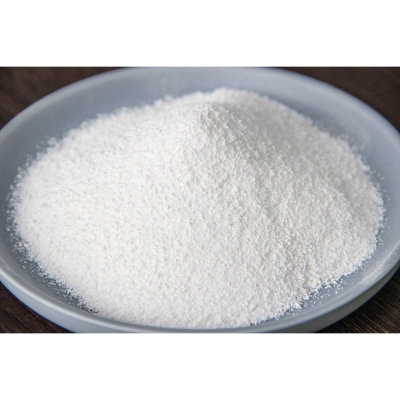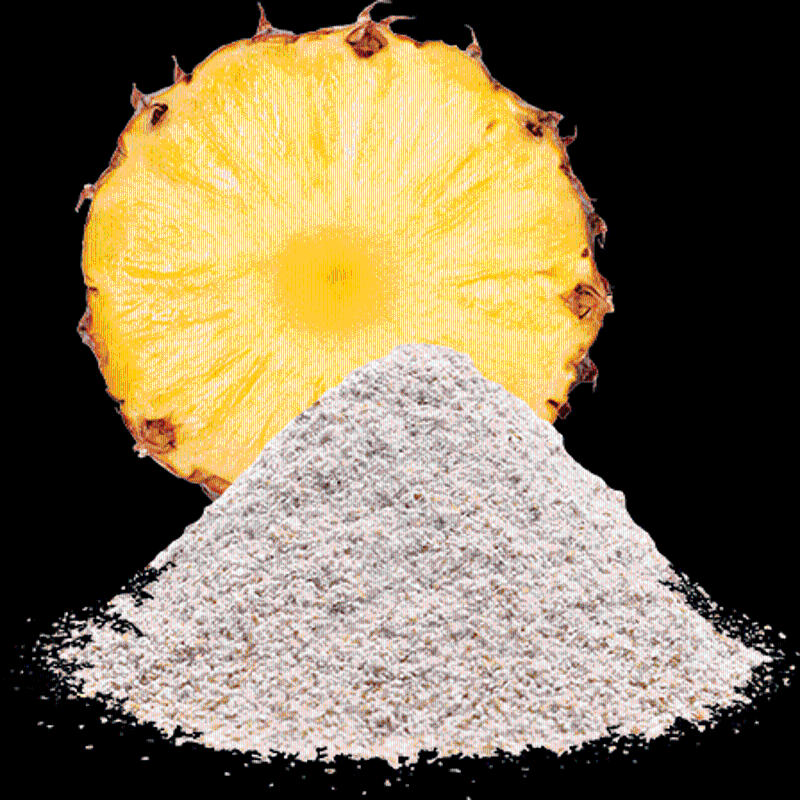-
Categories
-
Pharmaceutical Intermediates
-
Active Pharmaceutical Ingredients
-
Food Additives
- Industrial Coatings
- Agrochemicals
- Dyes and Pigments
- Surfactant
- Flavors and Fragrances
- Chemical Reagents
- Catalyst and Auxiliary
- Natural Products
- Inorganic Chemistry
-
Organic Chemistry
-
Biochemical Engineering
- Analytical Chemistry
-
Cosmetic Ingredient
- Water Treatment Chemical
-
Pharmaceutical Intermediates
Promotion
ECHEMI Mall
Wholesale
Weekly Price
Exhibition
News
-
Trade Service
Use of transglutaminase
Glutamine transaminase (TG), also known as transglutaminase, is a monomeric protein acyltransferase with an active center composed of 331 amino groups and a molecular weight of about 38,000
TG has the following characteristics
Secondly, the pH value stability is good
In addition, thermal stability is strong
At the same time, it is safe to use
TG is used to produce new protein foods, which can improve food texture
Second, improve the nutritional value of protein
Third, a heat-resistant and water-resistant film is formed
TG also has some properties, such as cross-linking to protein macromolecules through lysine molecules, protecting lysine in food from damage in various processing processes; for embedding lipids and fat-soluble substances, it can make protein Forms a heat-resistant and water-resistant film; after TG treatment, no heat treatment is required in the process of protein gel formation
(Source: Food R&D and Production)
Classification of plant extracts
In recent years, as natural food has been respected in the world, plant extracts have become the star of food raw materials, showing strong growth momentum in the global market
Plant extracts use plants as raw materials.
There are many types of plant extracts, and there are many ways to classify them
According to the content of active ingredients, it can be divided into three types: effective monomer extract, standard extract and ratio extract; It can be divided into vegetable oil, extract, powder, lens, etc.
There are the following categories of plant extracts that are currently popular internationally
The main components of plant extracts include: alkaloids, that is, plant alkaloids, which are important active ingredients of Chinese herbal medicines, such as berberine in Coptis chinensis and ephedrine in ephedra; flavonoids, which have antioxidant and other biological activities, common Flavonoids include soybean isoflavones, anthocyanins, tea polyphenols, etc.
As the society pays more and more attention to food and drug safety, a large number of plant extracts that are safe to eat and have certain nutritional functions have been used as raw materials to make nutritional functional foods and health foods into people's lives in various ways
(Source: Food Raw Material Supply and Demand Service)
"China Food News" (August 22, 2022 06 edition)
(Editor-in-charge: Yang Xiaojing)







